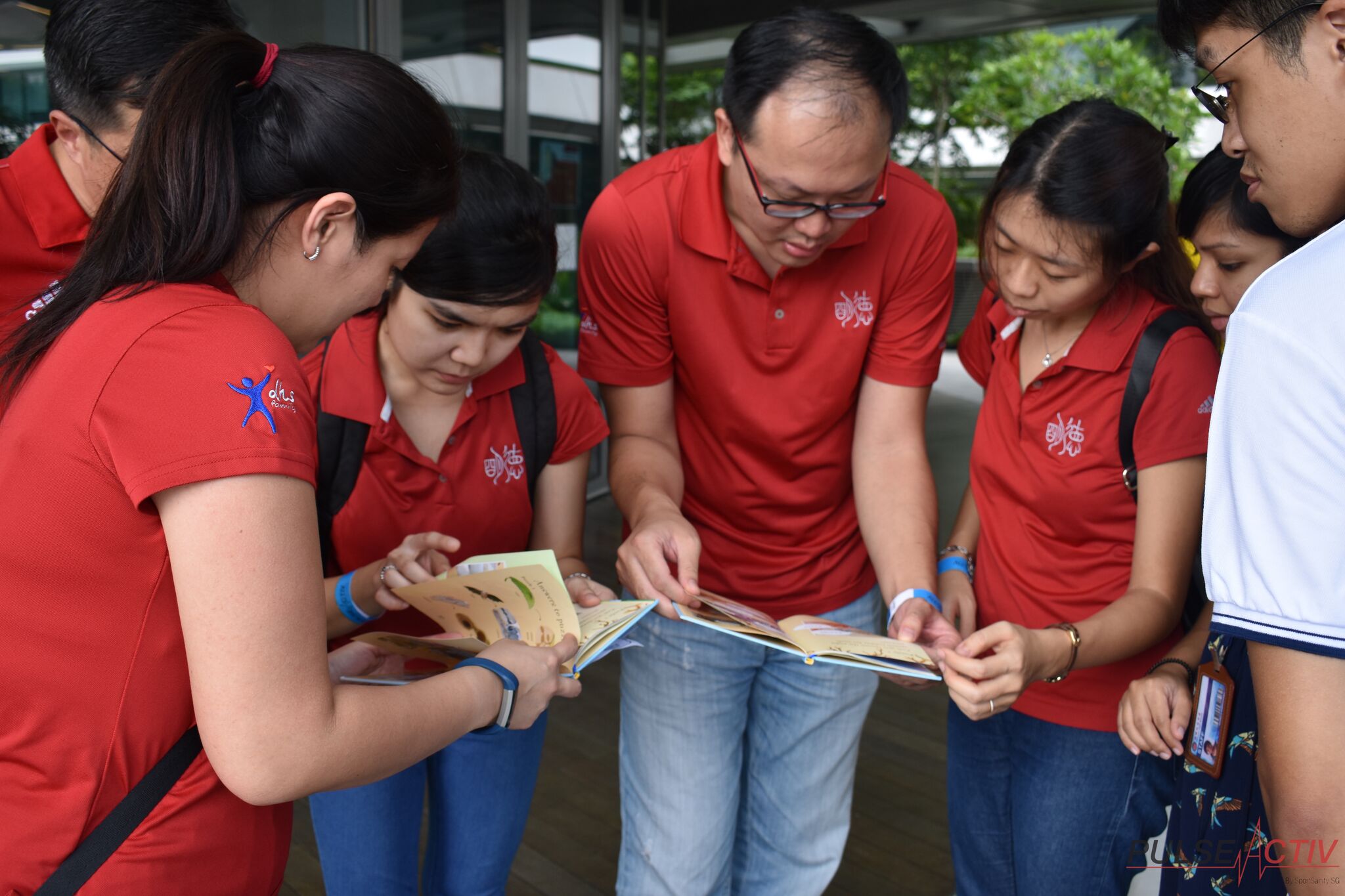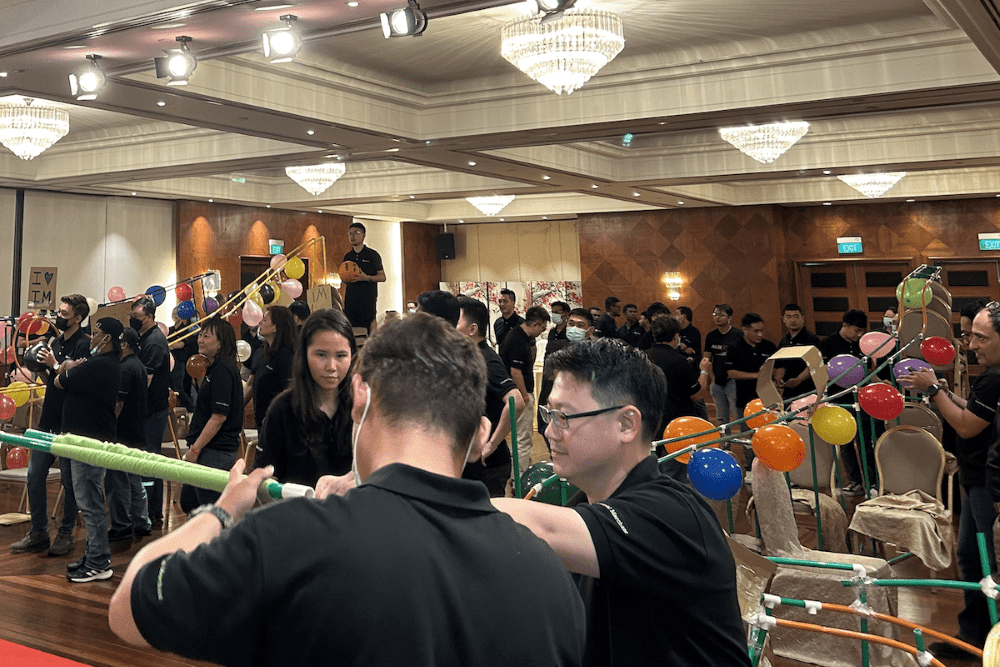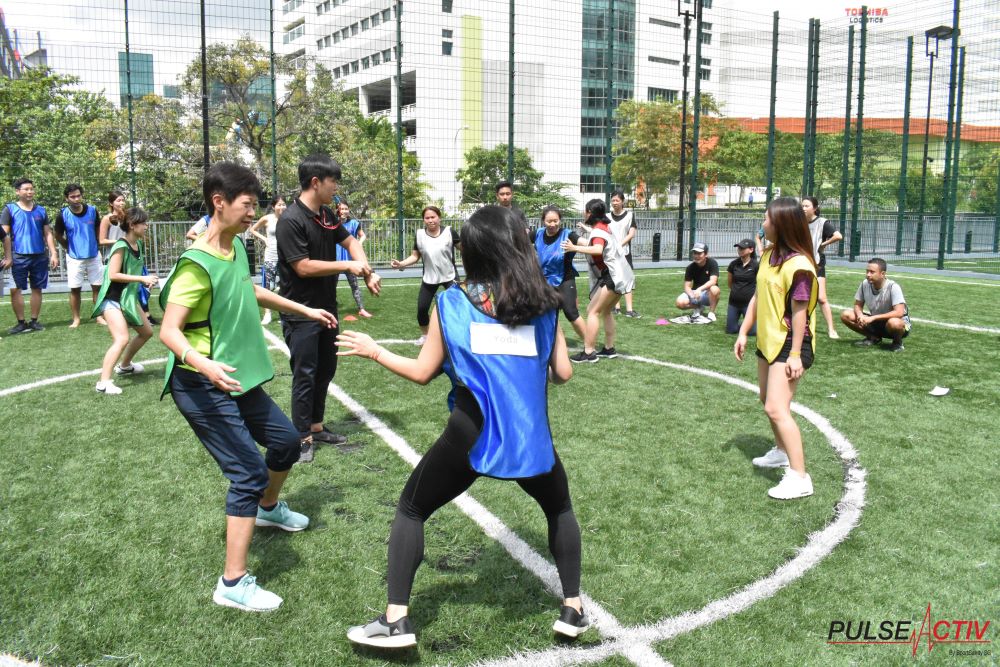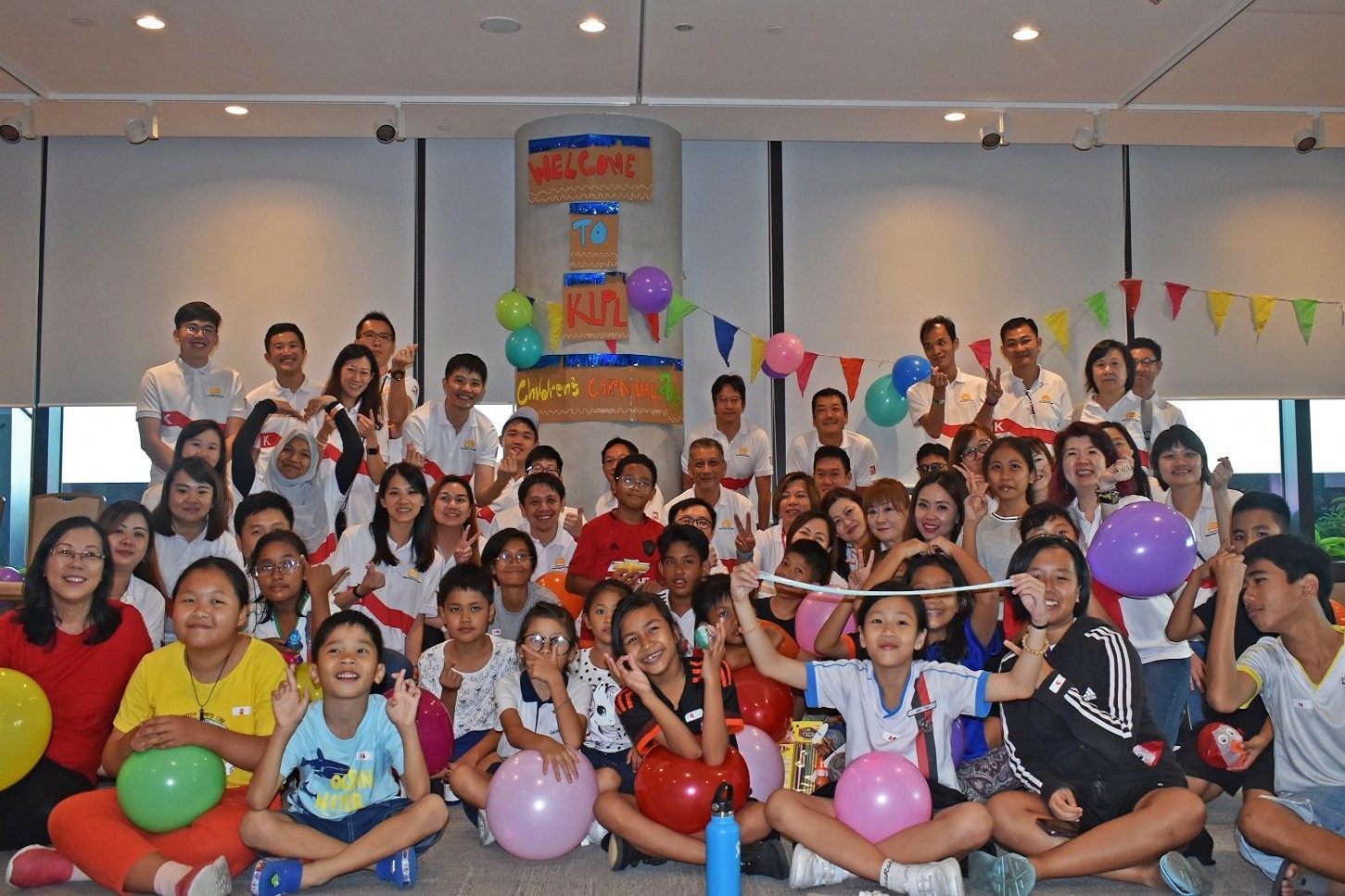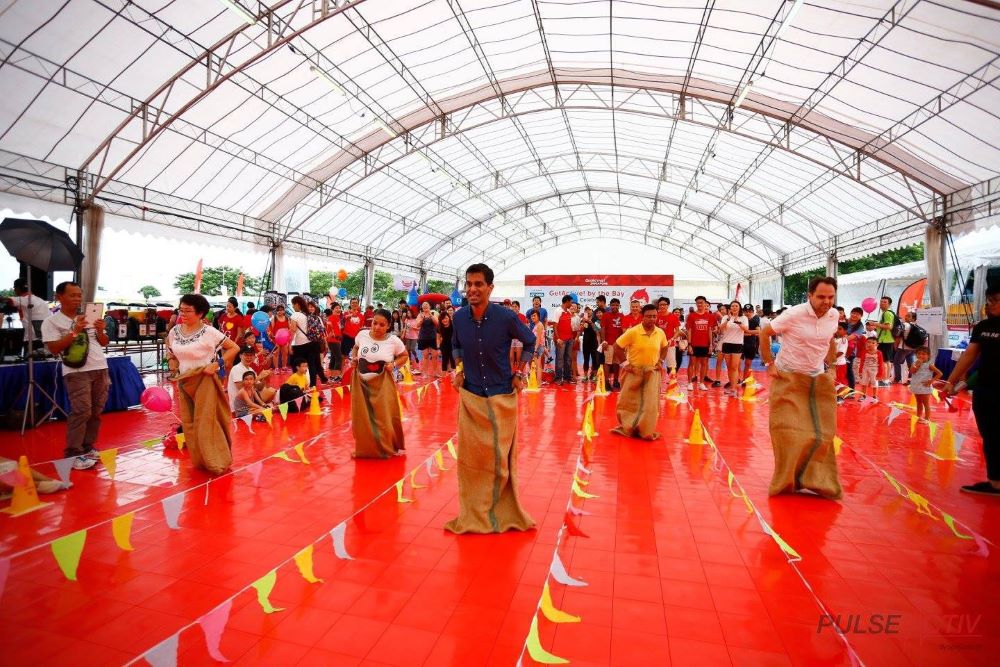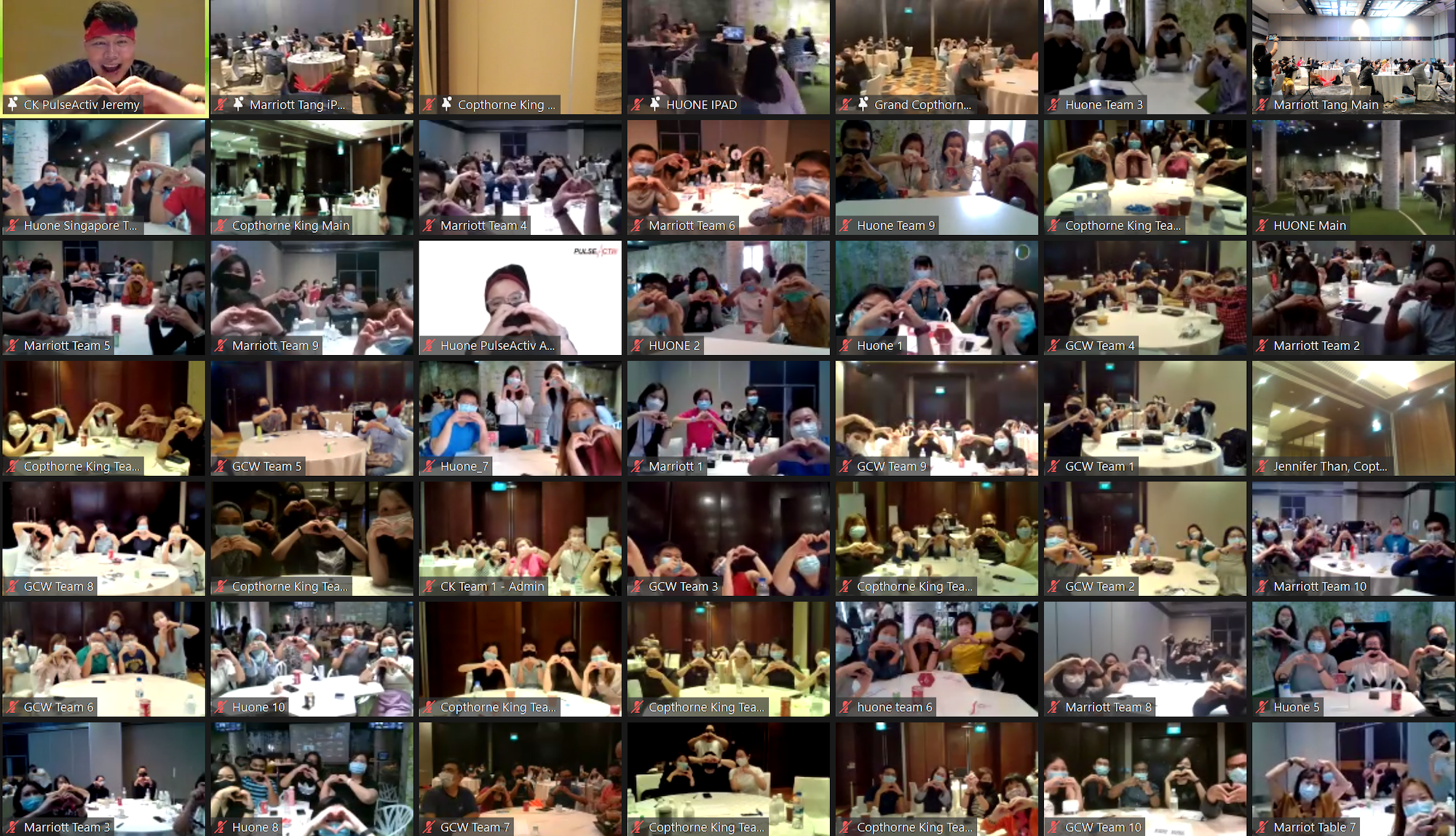Pulse Activ's Amazing Race: A Thrilling Team Building Adventure
In today’s work environment, keeping teams connected and engaged is more important than ever. One great way to do this is by starting a company book club. This simple and enjoyable activity can bring a lot of benefits, from improving teamwork to encouraging knowledge sharing. Here’s how a book club can make a big difference for your team.
Why a company book club is a great idea
1. Bringing people together
A book club is a wonderful way for employees to regularly come together and chat about interesting ideas. These discussions help everyone communicate better and work together more smoothly, breaking down barriers and helping team members understand each other’s perspectives.
2. Boosting creative thinking
Books, especially those that challenge conventional thinking or introduce new ideas, can really get those creative juices flowing. By talking about these ideas, team members learn to think outside the box and tackle problems from different angles.
3. encouraging lifelong learning
A book club promotes a culture of continuous learning. It shows that the company values personal and professional growth. This can be really motivating and can lead to a more knowledgeable and skilled team.
4. Connect with a story
Books can make people feel what they have never felt before. A story can make you experience, understand and learn about a person or a situation that may be completely different from your own experiences and life. Therefore, when people read a new story together, they experience it together and make a lasting connection to the story as well as the persons who were along the ride.
5. strengthening team bonds
Regular book club meetings help build stronger relationships among team members. Sharing personal insights and opinions about the books fosters a sense of camaraderie and mutual respect, which can lead to better teamwork and a more positive work environment.
6. boosting morale and engagement
Joining a book club can be a fun and rewarding experience. It provides a break from routine tasks and gives employees something to look forward to. This can lift spirits and increase overall job satisfaction and engagement.
Success Stories
Healthcare Company Improves Patient Care
A healthcare company started a book club to improve patient care and teamwork. They chose books on medical advancements, patient empathy, and healthcare management. The discussions led to the implementation of new patient care strategies and improved collaboration among the medical staff, resulting in better patient outcomes and higher employee satisfaction.
Retail Company Enhances Customer Service
A retail company started a book club to enhance customer service skills. They chose books on customer behavior, effective communication, and service excellence. The insights gained from these books helped employees improve their customer interactions, leading to higher customer satisfaction and loyalty.
Educational Institution Fosters Professional Development
An educational institution created a book club to foster professional development among its staff. They selected books on educational theories, teaching strategies, and personal development. The book club became a platform for teachers and administrators to share ideas and best practices, resulting in improved teaching methods and a more collaborative work environment.
Conclusion
A company book club is more than just a fun activity; it’s a powerful tool for enhancing team dynamics and promoting knowledge sharing. By fostering collaboration, improving critical thinking, encouraging continuous learning, and building stronger relationships, a book club can significantly impact your team’s success and overall work environment. With thoughtful planning and a commitment to inclusivity, your book club can become a cherished part of your organizational culture, driving both personal and professional growth.
To head back to read another article in our blog, click here.
